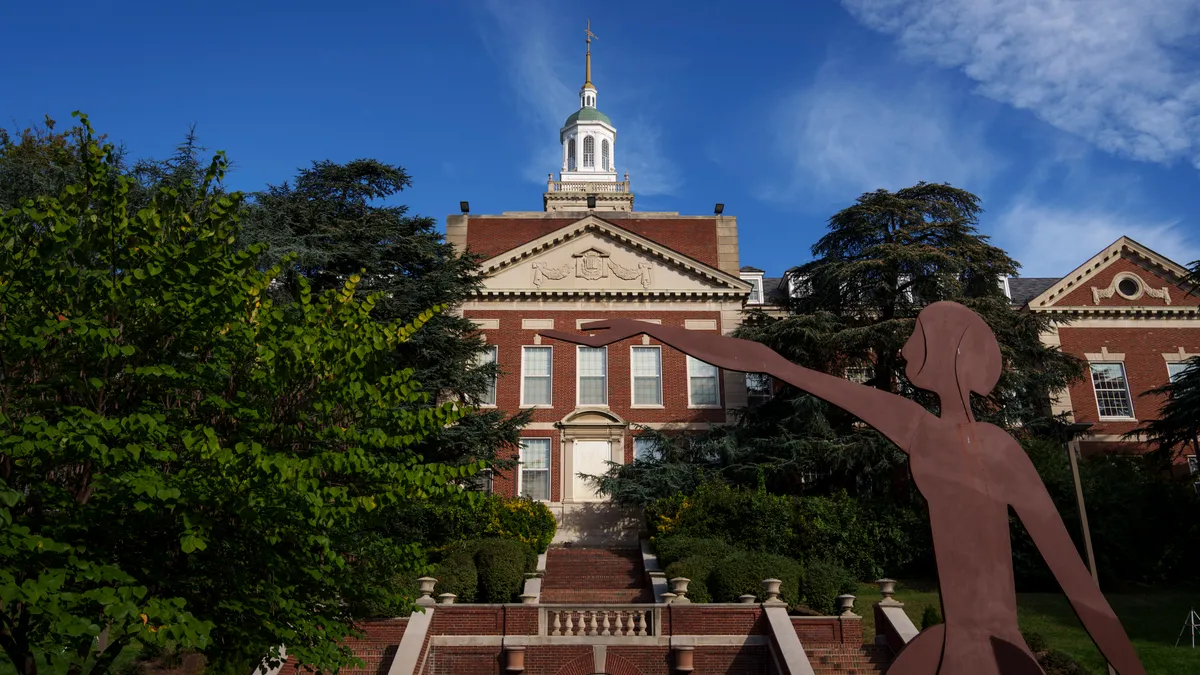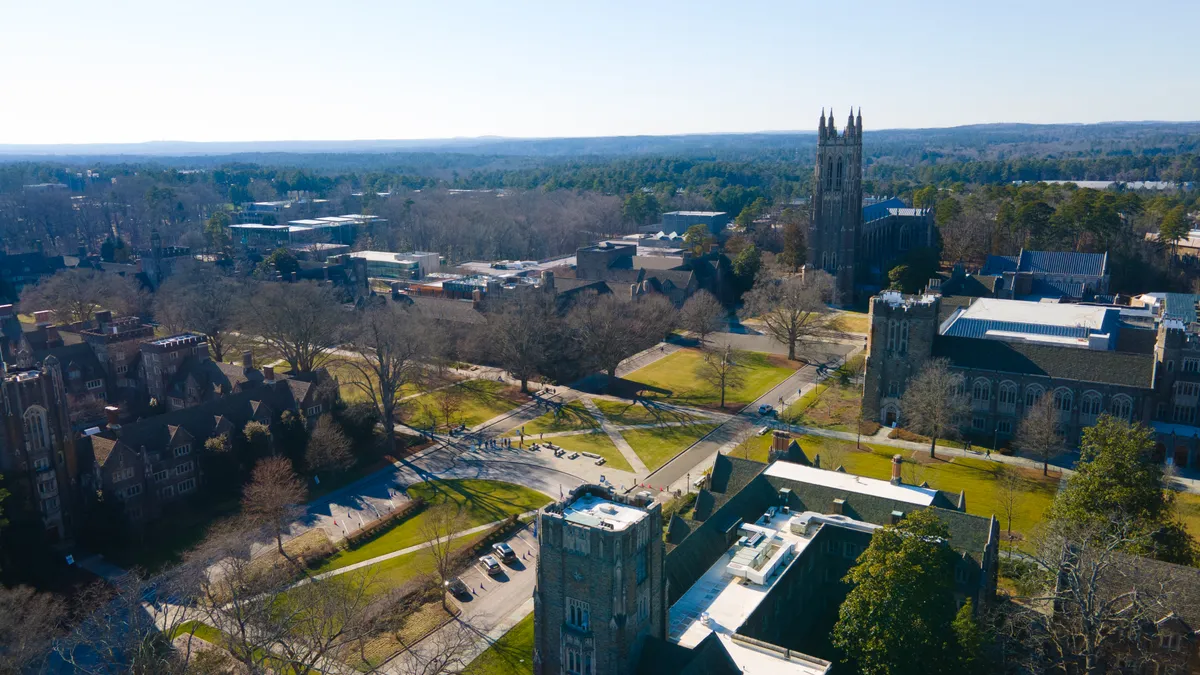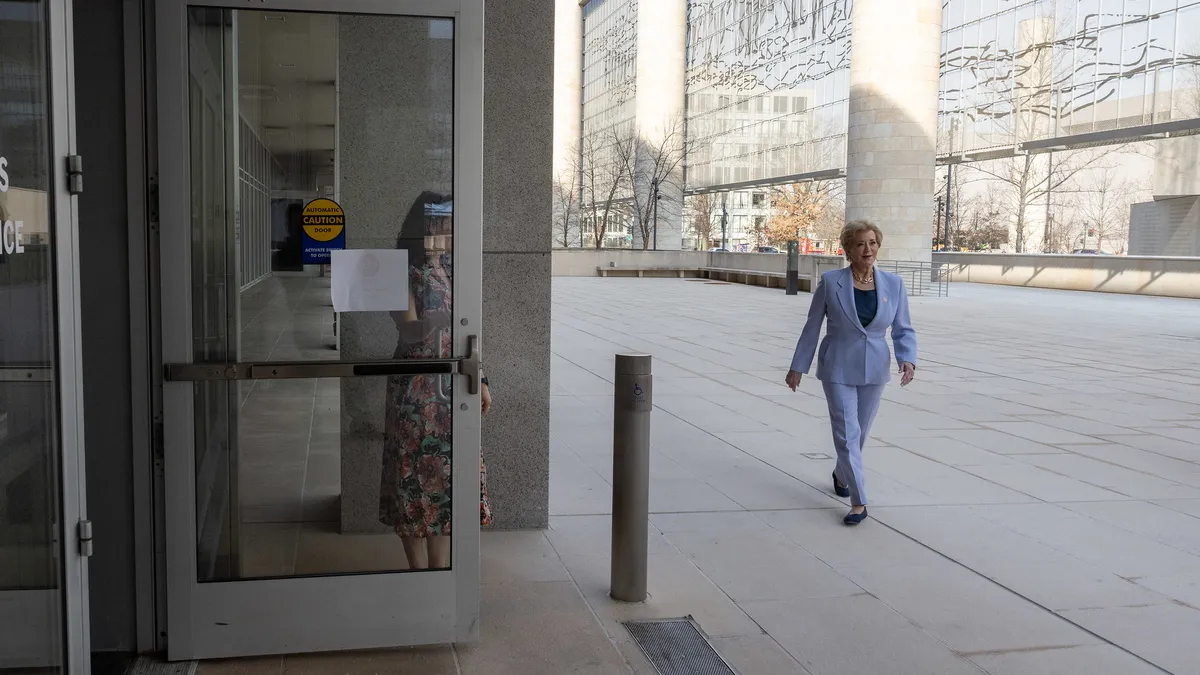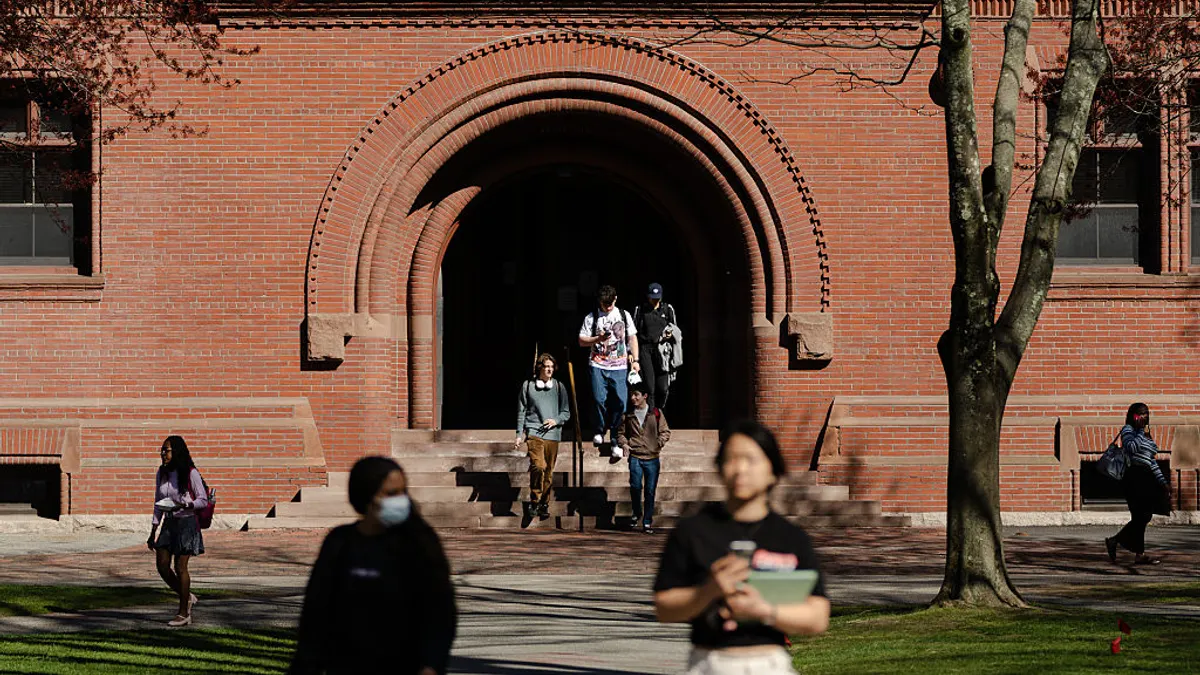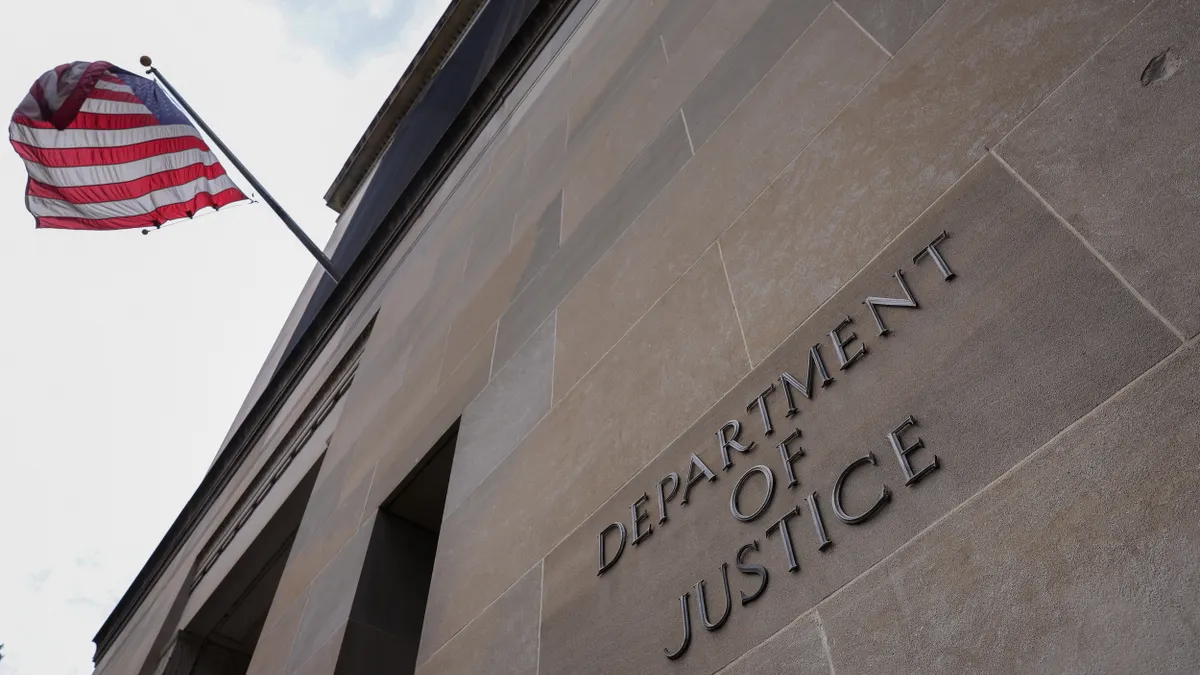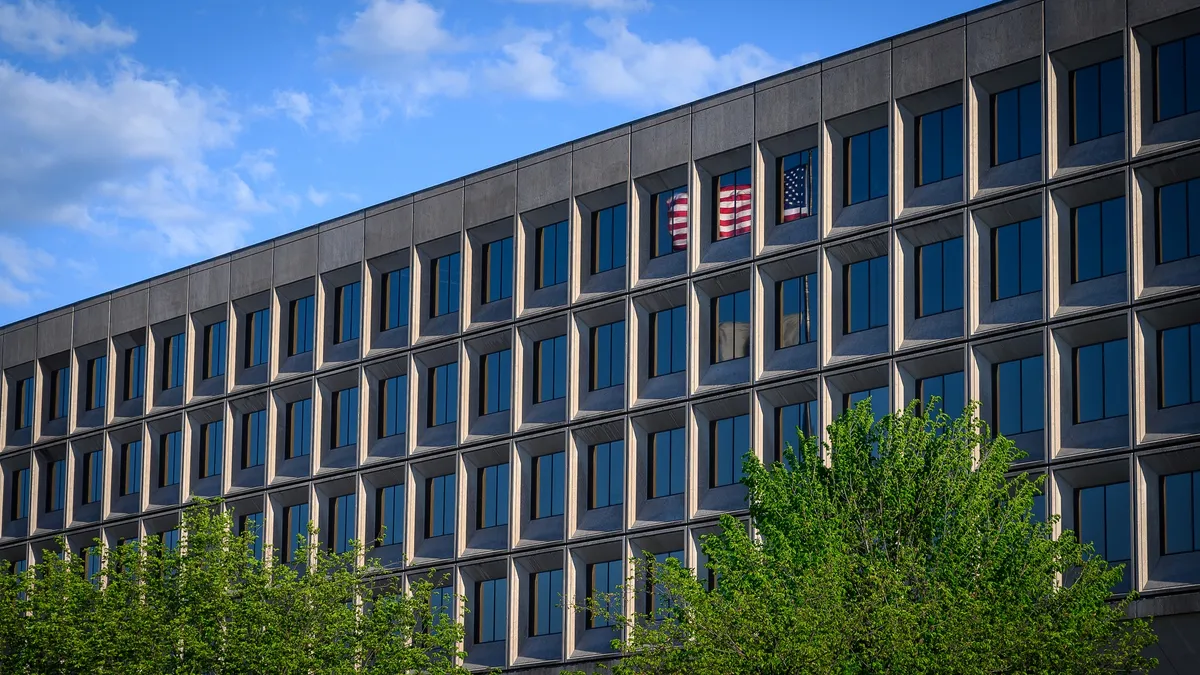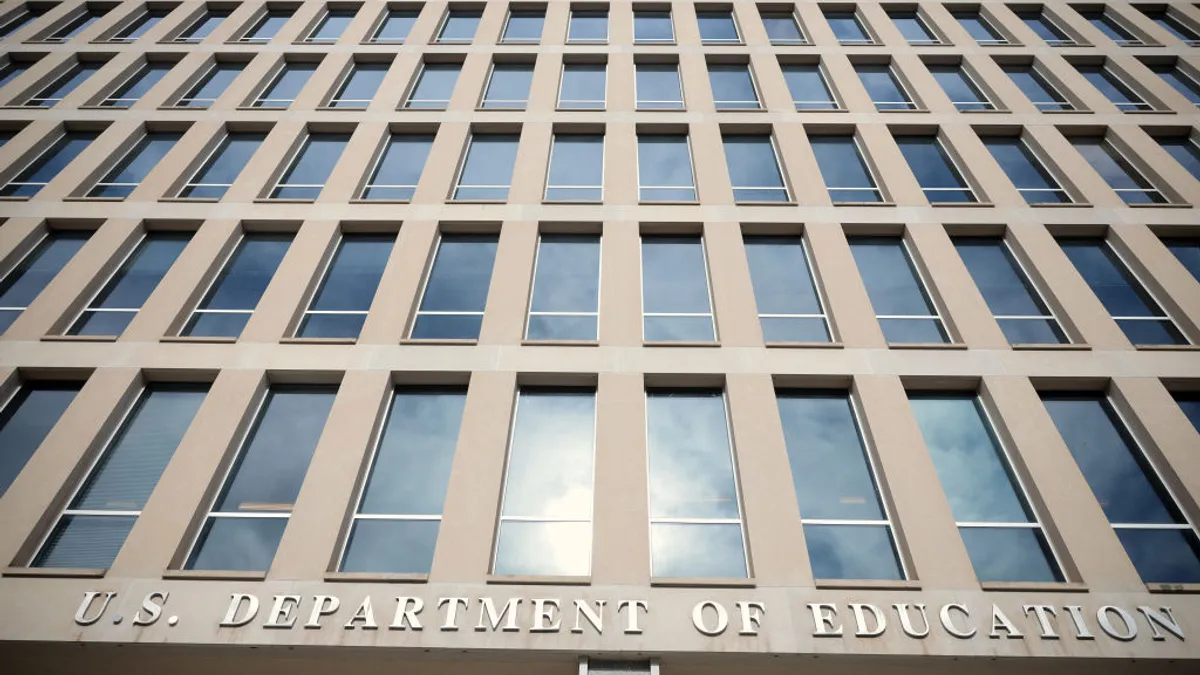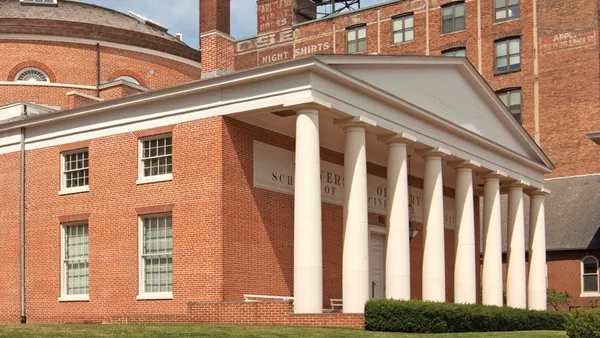Harvard University is just one of the latest colleges to be targeted by the Trump administration, which continues to threaten vast funding cuts to institutions that it says are out of step with federal law and policy.
Late last month, government officials said they would review billions in federal grants and contracts awarded to Harvard, arguing the Ivy League institution had not done enough to curb antisemitism on its campuses in the wake of protests against Israel's wartime actions in Gaza.
The administration demanded Harvard make modifications to its departments and programs — including eliminating diversity initiatives and “meaningful governance reforms” — to keep its federal funding. However, Harvard President Alan Garber announced Monday that the university would not accept the Trump administration’s demands.
The moves follow similar suspensions of funding for Columbia University and the University of Pennsylvania. In Columbia’s case, leaders ceded to demands made by the Trump administration in the hopes of getting back their federal funding — a move that has yet to pay off in the way the university hoped and has in the process garnered consternation from some free speech and academic groups.
Federal agencies have also paused federal grants to Princeton University, Northwestern University and Cornell University amid investigations into antisemitism and civil rights concerns.
Other funding threats could be looming. The administration has said that it will investigate more than 50 institutions over allegations their programs or scholarships have race-based restrictions. It's also warned 60 colleges it may take enforcement action over antisemitism allegations.
Some institutions may want to fight back against proposed cuts with legal action of their own. That’s not only to try to get funding back, but also to fight on principle for the right to educate students without too much interference from the federal government.
In an interview with Bloomberg, Princeton President Christopher Eisgruber signaled his institution also might not cede to government demands, saying commitments to faculty and students are paramount.
“We have to be willing to speak up, and we have to be willing to say no to funding if it's going to constrain our ability to pursue the truth,” he said in the interview, published earlier this month.
But legal action requires institutional resources, said Peter Lake, director of the Center for Excellence in Higher Education Law and Policy at Stetson University.
“There's no question that if you want to stand and fight, it takes resources to do that,” he said. “It may be that the best thing to do is keep your head down or to comply as much as you think you possibly can with whatever mandates are out there because you simply might not be able to afford to stand your ground.”
Understand your allies
In fact, colleges may struggle to fight the administration on their own.
“I don't think that institutions should necessarily fight it by themselves,” said Jeffrey Sun, a higher education and law professor at the University of Louisville. “I don't think they'll win.”
What will have more power is several institutions, or even many, working together to fight the attacks on higher education.
“I don't think we have an option unless we work in collective action,” Sun said.
Institutions might also look to their employee associations and other organizations to take on some of the fight. So far much of the legal action against proposed cuts to higher education funding has been brought by nonprofit organizations.
Those include the American Association of University Professors and the American Federation of Teachers, which have filed a lawsuit against the Trump administration over the $400 million funding cut to Columbia. AAUP and its Harvard chapter on Friday sued the federal government over its review of the Ivy League institution.
And AAUP, the National Association of Diversity Officers in Higher Education and the National Education Association have all sued over guidance threatening to pull funding from colleges that consider race in their programs or policies.
“I do think individual institutions and their leaders and their boards, they're probably really worried about being the institution that if they advance litigation, they're going to be singled out by the administration,” said Neal Hutchens, an education policy professor at the University of Kentucky. “Because we're definitely seeing that happen.”
An institution’s location also plays into the type of options it might have before or during legal action, Hutchens said.
Institutions in states with largely Republican elected officials may have an easier time working behind the scenes to prevent floated cuts. Sen. Susan Collins, a Republican from Maine, appears to have advocated for her state’s public university system after the U.S. Department of Agriculture froze agency funding to the institution. The pause was lifted two days later.
Institutions like the University of Alabama at Birmingham, Hutchens said, likely have allies in elected government who can help explain the impact of the National Institute of Health’s proposed reimbursement caps for indirect research costs on the state economy. A federal judge recently permanently blocked that policy nationwide, though the Trump administration has appealed.
However, institutions in states with Democratic leadership are more likely to find support among lawmakers for any legal action they take against the Trump administration, Hutchens said.
Understand your arguments
Scholars say colleges have multiple avenues to pursue legal arguments if threatened with cuts.
Some institutions have been accused of violating Title VI of the Civil Rights Act by allegedly allowing antisemitism to spread unchecked on campus. In those cases, they may be able to argue that the funds were frozen without due process or an opportunity for institutions to respond. Although statutory language mentions losing money for particular grant programs, a wholesale ban is unprecedented, Hutchens said.
”There are really good arguments that's not what the Congress intended in authorizing these kinds of programs” he said.
Another factor to consider is an institution’s mission. Religiously affiliated institutions, Lake said, might have an easier time in the courts than other institutions would.
That’s especially true when it comes to defending practices related to diversity, equity and inclusion.
“I see a Supreme Court that's been protecting faith articulations and institutions,” Lake said. “You have pretty good grounds to stand on the Supreme Court precedent to say that if our faith stands on DEI, exactly articulating diversity, equity and inclusion, that's always been part of our faith.”
Georgetown University Law Center highlighted its faith-based mission when it fired back last month after the interim U.S. attorney for Washington, D.C., threatened to blackball its law students for the school’s perceived embrace of DEI.
“As a Catholic and Jesuit institution, Georgetown University was founded on the principle that serious and sustained discourse among people of different faiths, cultures and beliefs promotes intellectual, ethical and spiritual understanding,” William Treanor, dean of the law school, wrote in a reply.
But it may also be worth taking stock of how unified a campus community is. That includes figuring out where board leadership and faculty stand on issues.
“If the internal house is divided — let's say you've got some shared governance issues — that’s an easy place for controversy to locate and make it more difficult for the institution to succeed,” Lake said.




